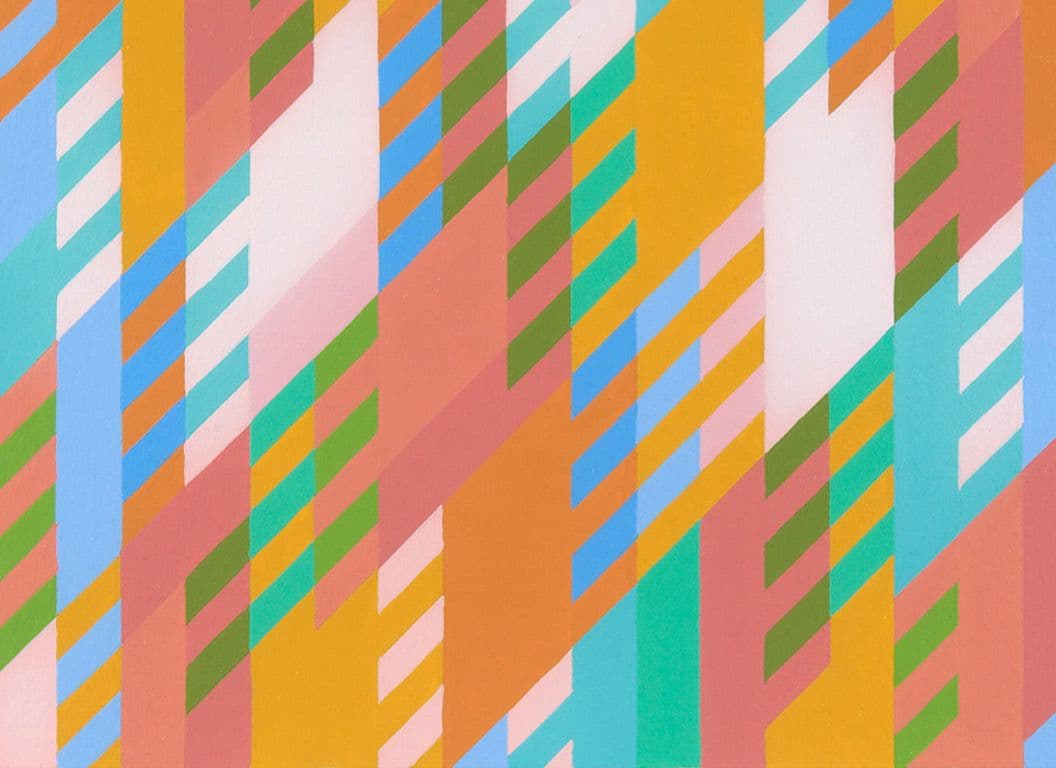Part of a generation energised by post-war transatlantic exchange, Bernard Cohen helped shape the evolution of abstraction in Modern British Art. Influenced by American Abstract Expressionism and European tachisme, his large-scale, gestural works brought a bold visual language to the forefront of the 1960s London art scene.
Bernard Cohen, alongside his brother Harold, was part of an exciting generation of artists that emerged from London’s art schools in the late 1950s and early 1960s.
Whether abstract (Cohen, Robyn Denny, Richard Smith) or loosely figurative (Hockney, R.B. Kitaj, Allen Jones) these original young British artists were linked by their love of all things American – seeing New York, not Paris (as previous generations had), as the centre of the art world.
They had first seen the new American painting up close in 1956, when Abstract Expressionism formed a small but significant part of a Tate Gallery survey as 20th century American art. Three years later, the Tate mounted another exhibition, although this time dominated by abstraction and the work of the New York School.
This show, however, was less of a revelation for the likes of Cohen and more a confirmation, as in the intervening years – in works such as Blake Base – he had already created a language of gestural abstraction of his own.
What they took, instead, was the ambition and scale of American painting – and in the 60s, Cohen’s work would become vast and more minimal, with Kasmin’s legendary gallery on Bond Street really the only place it could be shown.
In 1957 Cohen received a Boise Traveling Scholarship and, together with the French Government Scholarship awarded to him in 1954, he was able to travel and work in France, Spain and Italy. Here he would have come into contact with tachisme – the French version of Abstract Expressionism, where the brushstroke – or tache – had been liberated from describing anything but itself, or a sense of movement or emotion.





